Shopping Changed Dramatically. Retail Design Is One Step Ahead.
Shifting consumer habits are the lifeblood of the new experience. Here’s how owners and architects are getting out in front.
The pandemic has reshuffled the retail sector’s dynamics forever, urging brands to reimagine physical spaces and meet their clients in new ways, all while pushing architects and designers’ creativity to new levels. But with many retailers downsizing and still relying on online shopping, how relevant are brick-and-mortar stores years after the global health crisis locked people inside their homes?
Recent research shows that Gen Z consumers are increasingly becoming mall rats. According to JLL’s second-quarter retail outlook, net absorption for the sector increased 75.4 percent quarter-over-quarter, while asking rents increased 2.6 percent year-over-year. The numbers rose especially across community centers, lifestyle centers and Class C malls.
Additionally, a study by ICSC found that the digital-driven Gen Z customer likes to shop both online and in-store. Reasons driving this cohort to physical locations include being able to get products immediately, as well as seeing, touching and trying them.
Finding new ways to attract retail visitors
To reel back as many consumers as possible into their physical stores, some retailers are focusing on efficiency, for example by combining online purchasing with in-person pickup. Others are working to create memorable immersive experiences that make shopping more fun, Paul Koch, senior architect at Boston-based architecture studio Dyer Brown, told Commercial Property Executive.
READ ALSO: Retail Owners Gain Leverage
Most often, brands are capitalizing on the new reality of consumers increasingly viewing in-store shopping as an outing. “The venues are more immersive and experiential, which helps get customers to make the visit and come in the door,” Koch said.
For example, at the Dyer Brown-designed Candlefish location in Boston, clients can participate in daily candle-making workshops as a group activity or solo creative endeavor.
Even the biggest players are capitalizing on the growing popularity of the immersive experience. This summer, streaming service giant Netflix announced its plan to create retail, food and entertainment venues across U.S. malls, including by repurposing empty retail spaces. Dubbed Netflix House, the immersive locations will be based on popular Netflix series, such as Stranger Things or Bridgerton, with the first two venues created at King of Prussia Mall in Pennsylvania and Galleria Dallas in Texas. Each of these spaces will occupy approximately 100,000 square feet.
But not all retailers are ready to take a risk on big investments in built space at this point, preferring to take on smaller and shorter leases. Many brands are using pop-ups as a method of testing market interest before going all-in on a brick-and-mortar location for a new concept.
“Another clever strategy by some brands is to create a cult following by announcing a limited-supply item or line, driving traffic to the store. Influencer relationships are another way brands are tapping into the customer,” Koch said. Despite the fear-of-missing-out approach’s efficiency, it can also backfire if supply is too limited and too many shoppers are disappointed.
Extending retail design beyond the interiors

The pandemic has also pushed the retail experience outside of buildings. For safety reasons at first, small outdoor patios were added using simplistic but effective materials, according to Patrick Baldwin, principal at Burton Landscape Architecture Studio.
Later, larger, permanent patios were built, creating a mutually beneficial situation for tenants and landlords alike, the latter being able to charge additional rents for these improved outdoor spaces.
“This has had a nice impact as well, bringing more energy outside of the tenants and animating the public realm,” Baldwin noted. Today, he’s seeing a general “greening” of retail spaces that enables customers to enjoy fresh air while being close to their preferred brands.
Some of the most popular ways to attract customers with retail landscaping is by creating small garden groves of trees with seating outside of a lifestyle brand-area and making it a spot to hang out and be seen. Another way to increase the chances of visitors returning and wanting to stay more is by generating a series of public spaces, each with their own character or concept.
“While not cheap, adding landscape is probably the least expensive, quickest and most impactful improvement that can be made to an existing retail property,” Baldwin believes.
For the reimagined The Village at Westfield Topanga in Woodland Hills, Calif., Burton Landscape Architecture Studio created a central community gathering area with numerous outdoor spaces. Three main plazas house the shopping center’s entertainment and function areas, while more intimate paseos were added for small groups and individual visitors to enjoy privacy. Approximately 30 mature trees were salvaged from the original site and native species were also installed to create a fresh experience that expands beyond the shopping, dining and entertainment options offered by the interiors.
Baldwin believes retail landlords will continue to search for new ways to accommodate people’s need for relaxation, convenience and flexibility.
“There is a huge push to incorporate residential into existing centers at the flagship outdoor centers. Parks and plazas with an urban neighborhood style feel—what we feel and see when we travel to the great cities of the world,” he told CPE about the future of retail.
Luxury retail design leads the way

But for now, as an increasing number of people think of shopping as a leisure activity rather than something routine or essential, brands continue to take note. Luxury brands, in particular, have been preparing for this shift since 2020 by crafting immersive and experiential venues to get ready for the pandemic-induced changes in shoppers’ behavior.
“For a large swath of the population, the pandemic’s lockdowns and isolating experiences have made the in-person experience of a physical retail location more desirable than ever,” said Alexander Zilberman, principal at New York City-based Alexander Zilberman Architecture.
The firm focuses on luxury retail design and has completed venues for Aston Martin, Versace, Aesop, Michael Kors, Jimmy Choo and Helmut Lang, among others.
“In fact, the velvet rope queues and appointment shopping of those lockdown days, when only a limited number of patrons could enter a venue at one time, created an enduring image of those luxury stores as must-visit spots,” he believes.
During the height of the health crisis, luxury brands were more actively engaging retail design experts, knowing that once lockdowns were lifted, the competition will be fierce. “Luxury retail became a kind of benchmark in this way, a leading indicator of the return to brick-and-mortar retail,” Zilberman said.
While a heightened interest in technology like large-scale video, touchscreens and augmented reality are present in high-end stores, luxury retail has always relied on timeless elements.
“We are definitely seeing a trend in the direction of integrating specific brand equities and aspects into the architecture, especially when there is some legacy or locally authentic quality to capitalize on—it’s all about charm, quality, taste and authenticity,” Zilberman concluded.


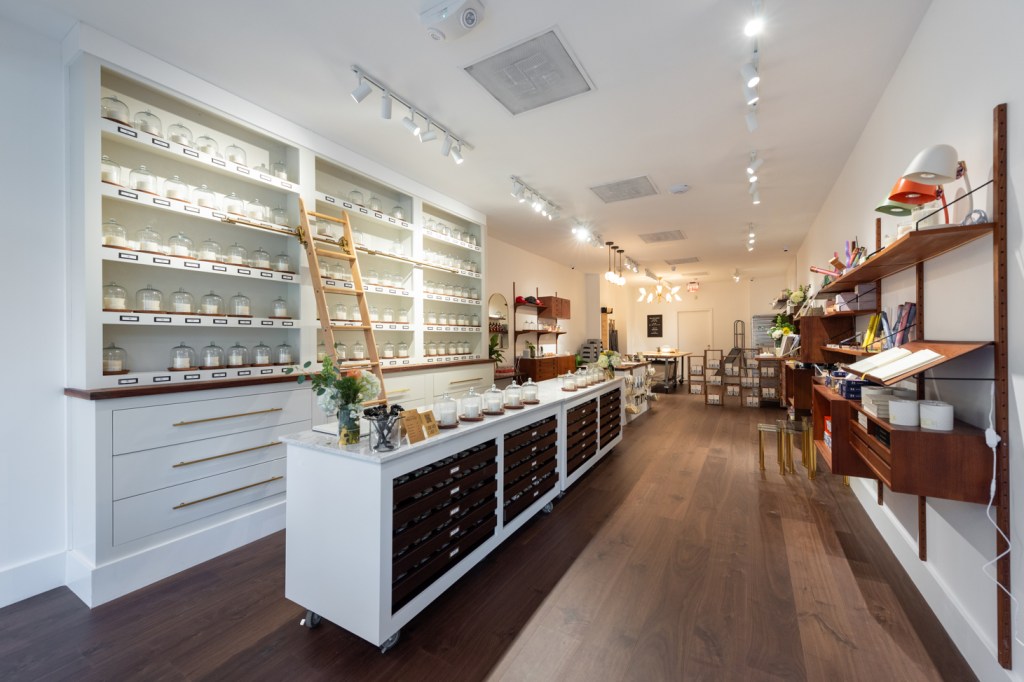
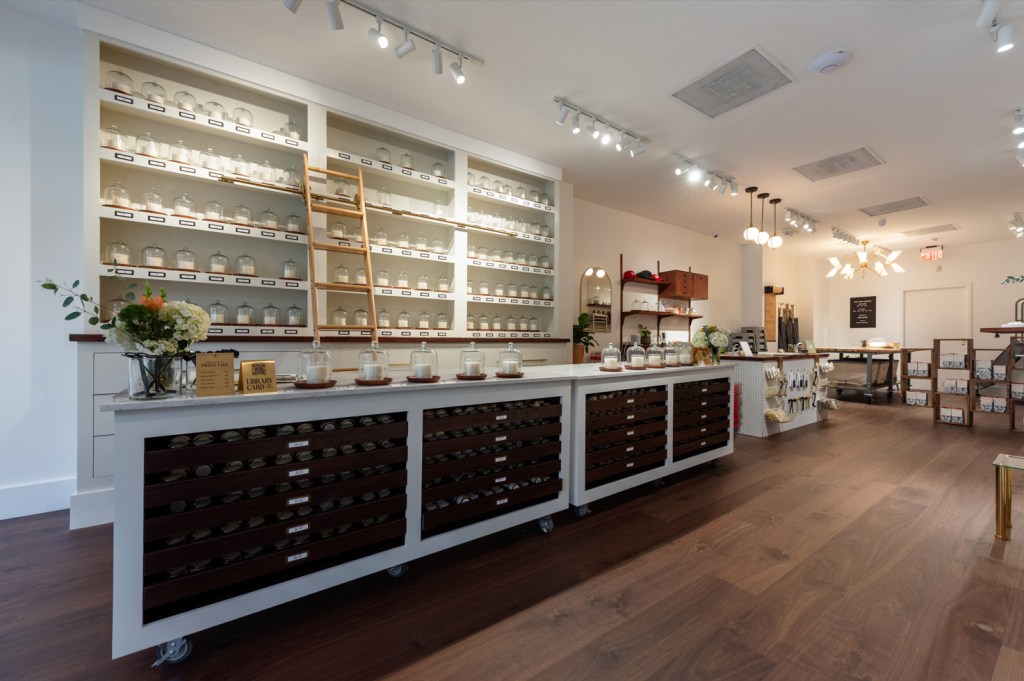
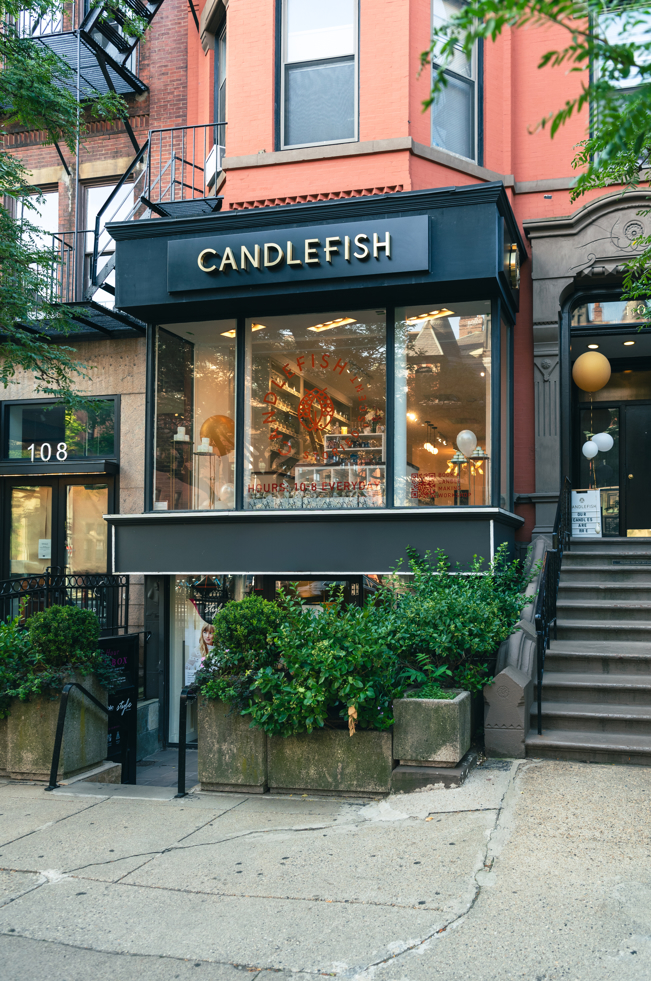
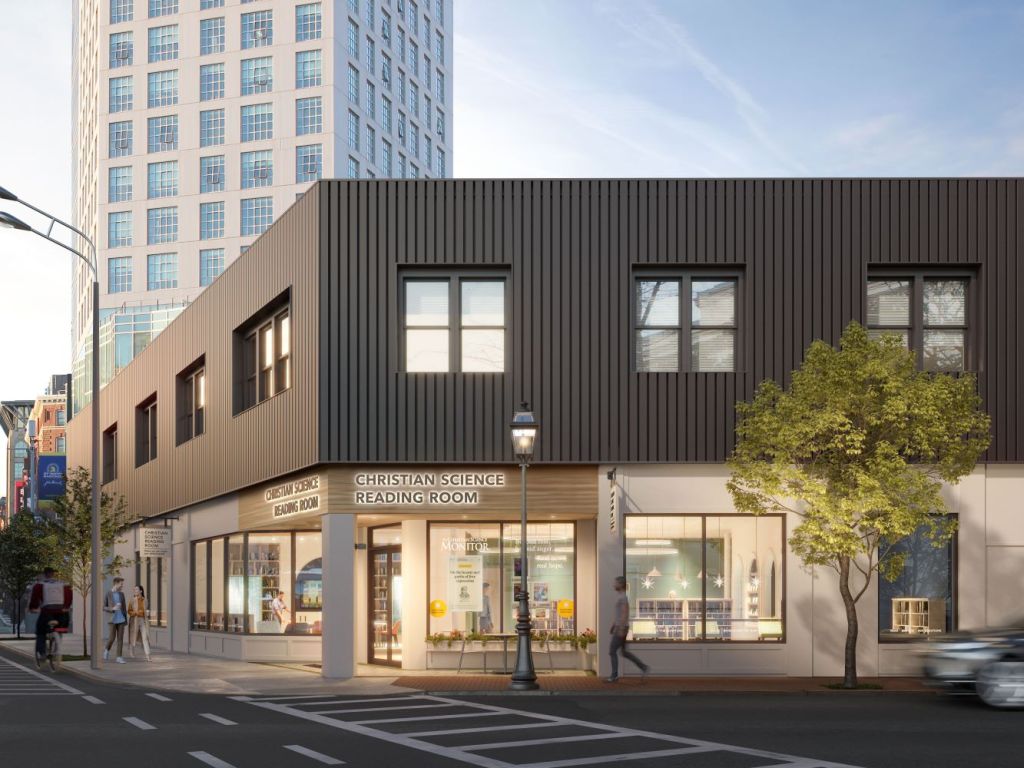

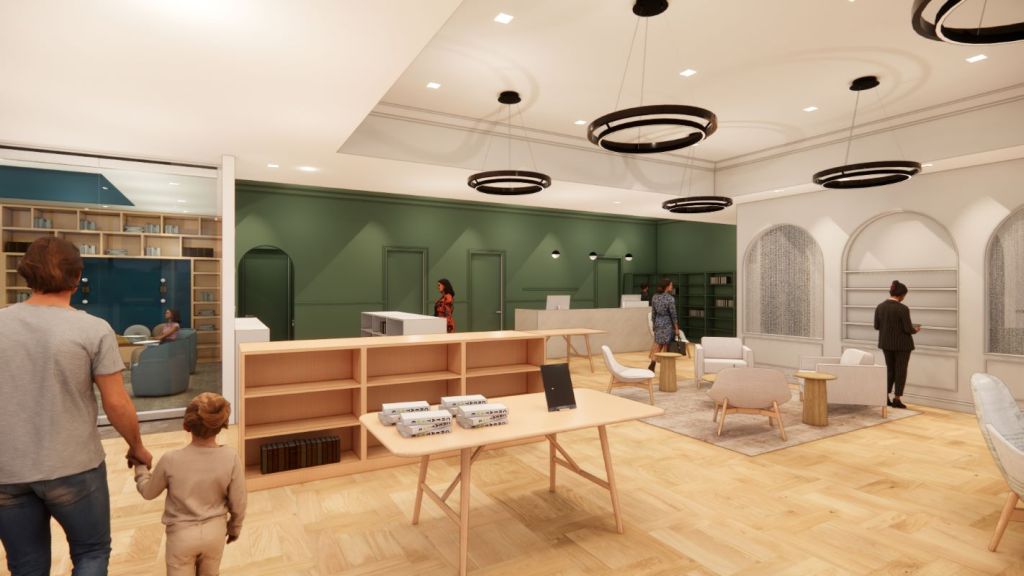
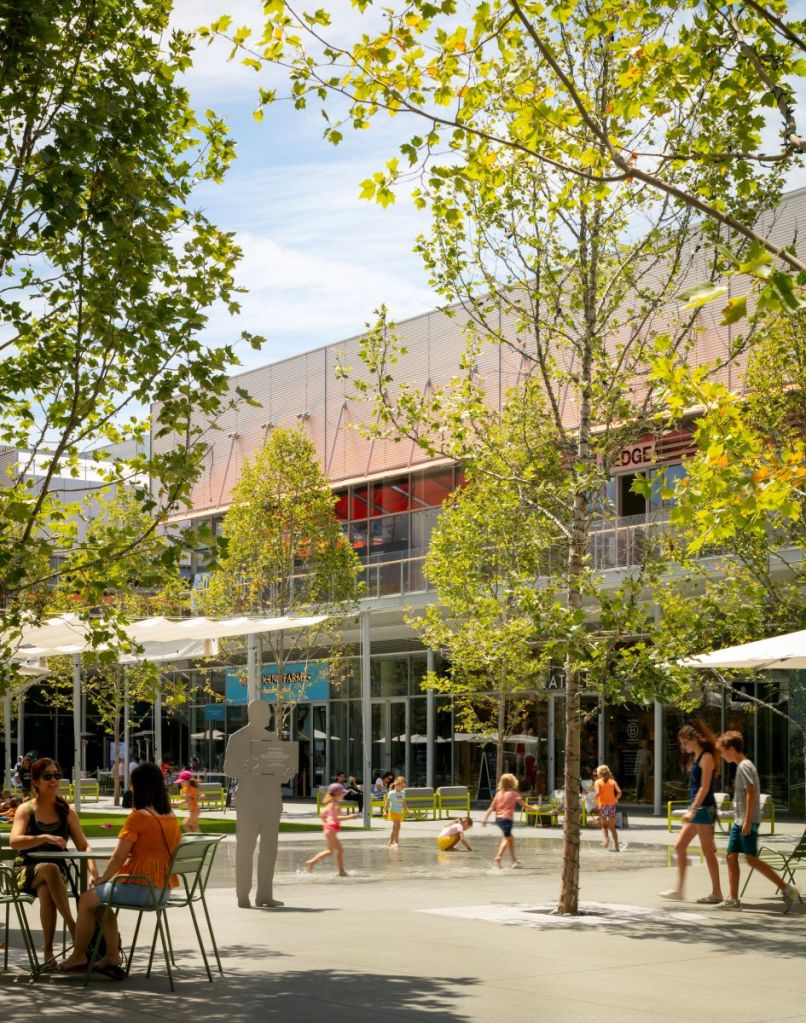
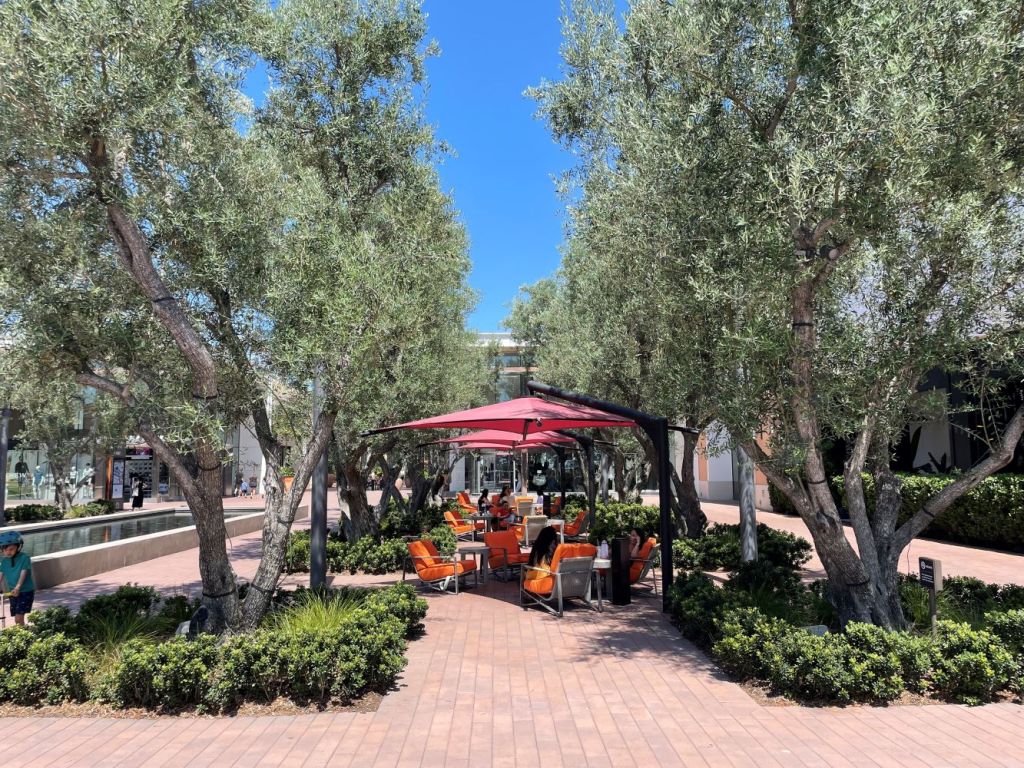
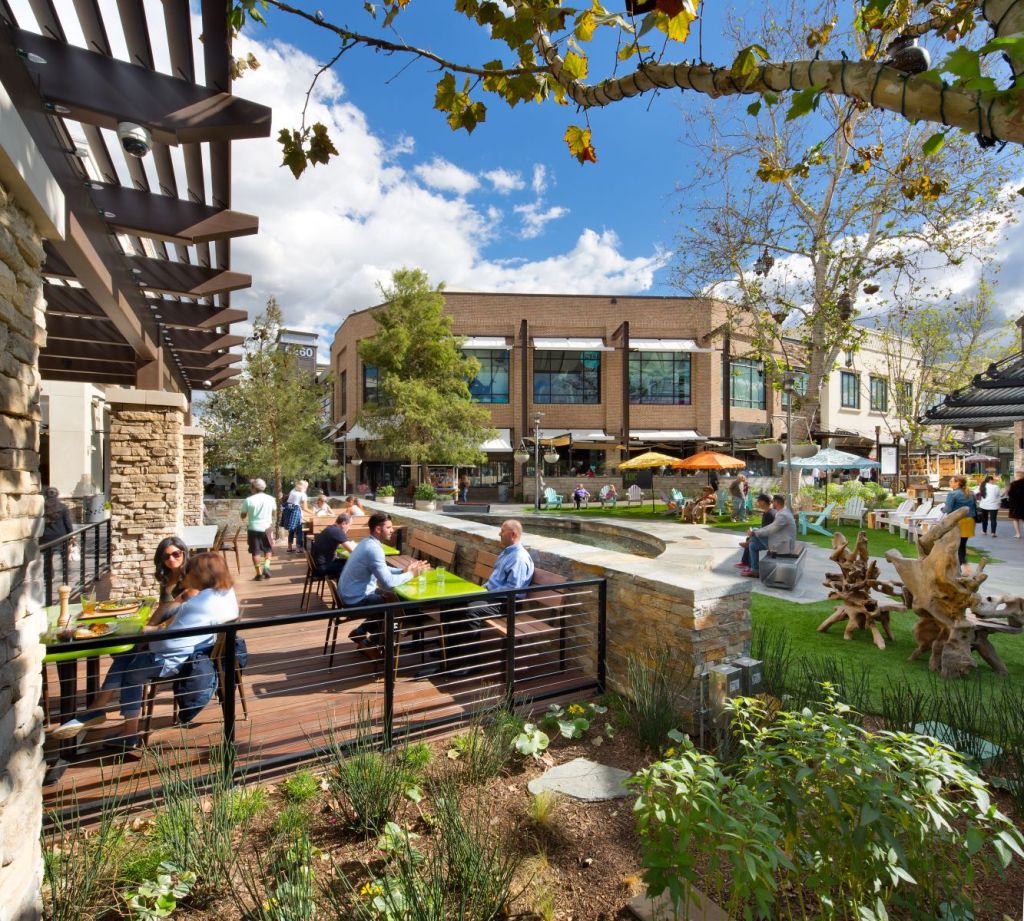
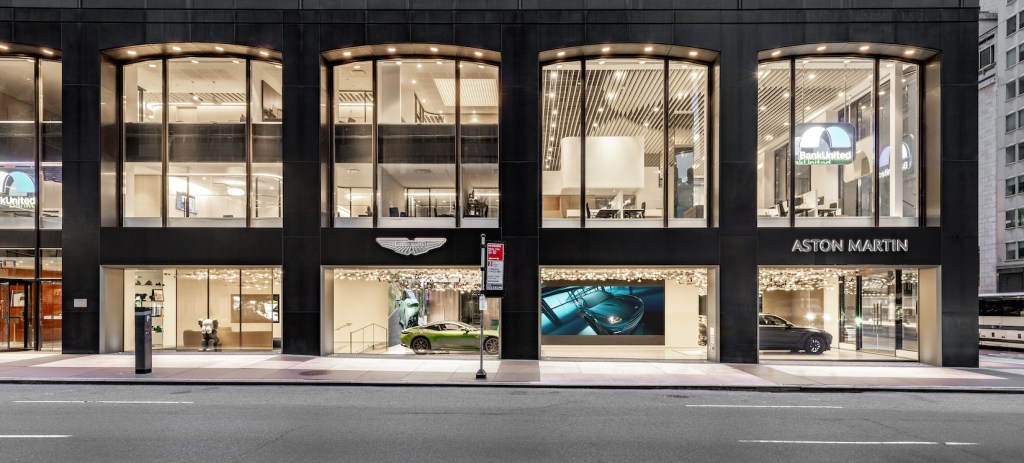
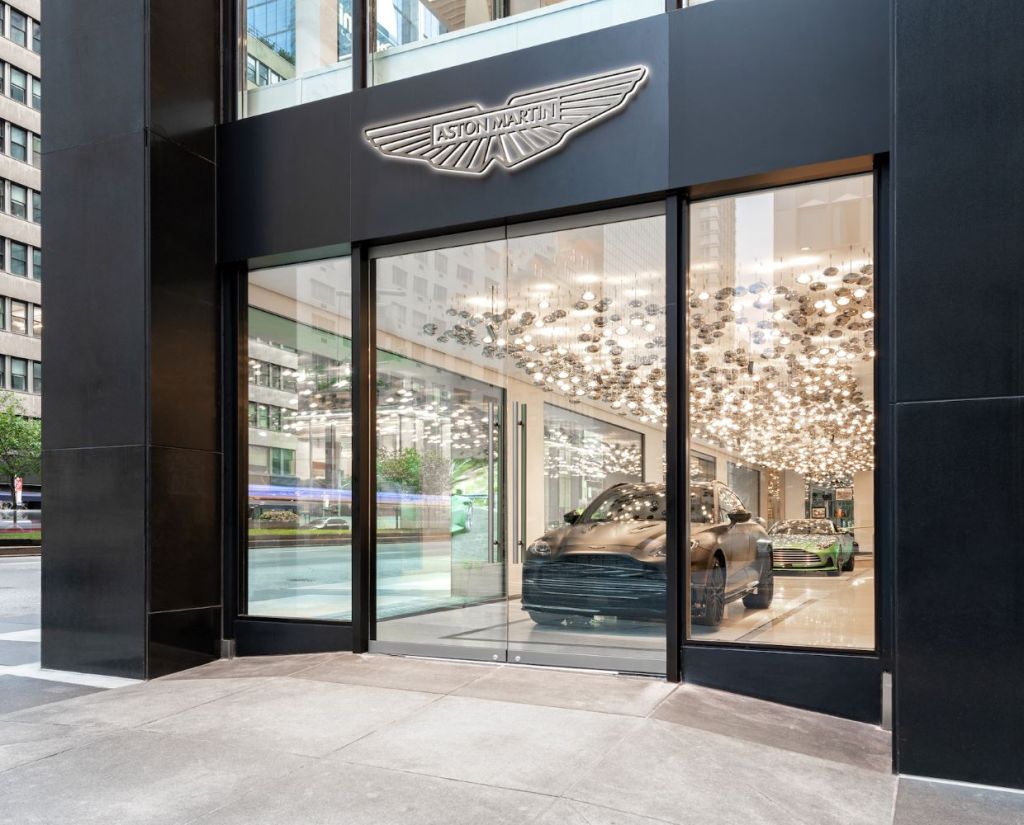
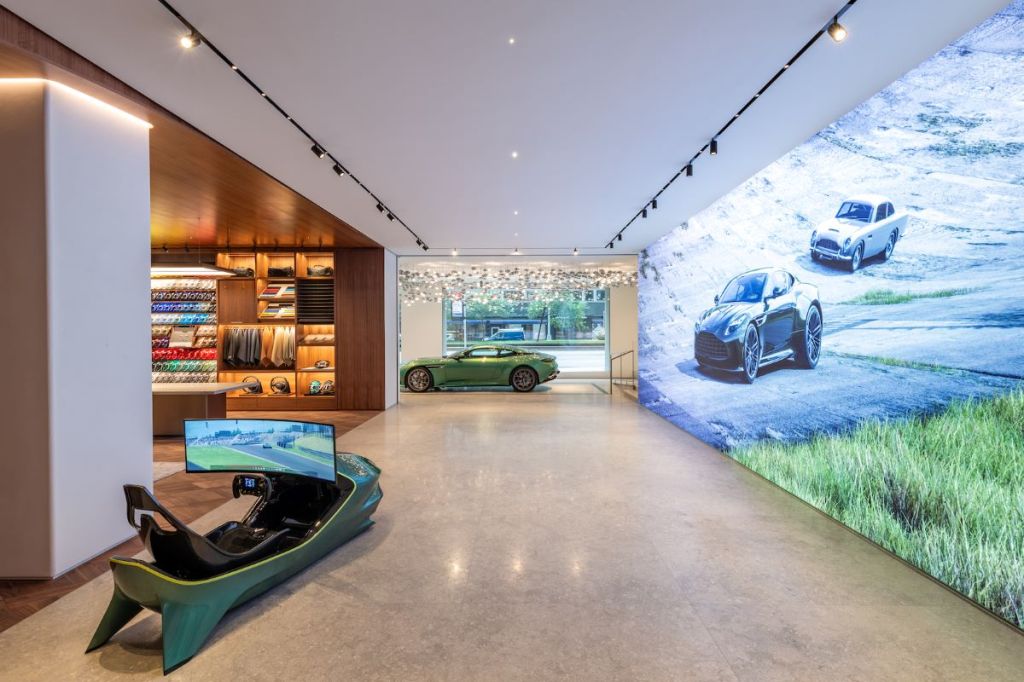

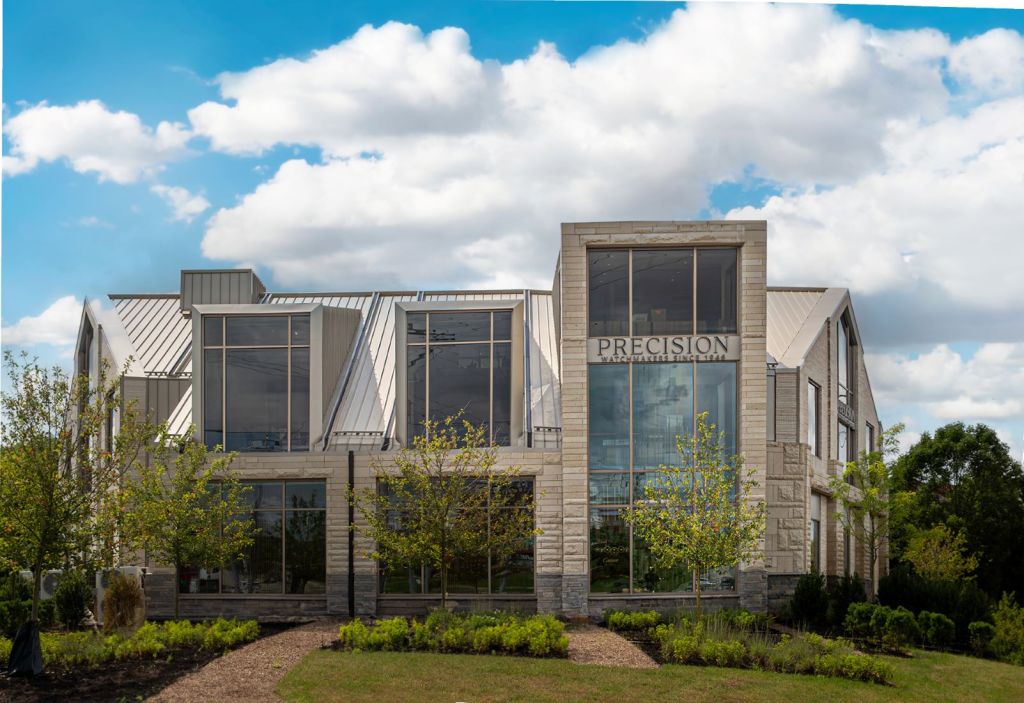
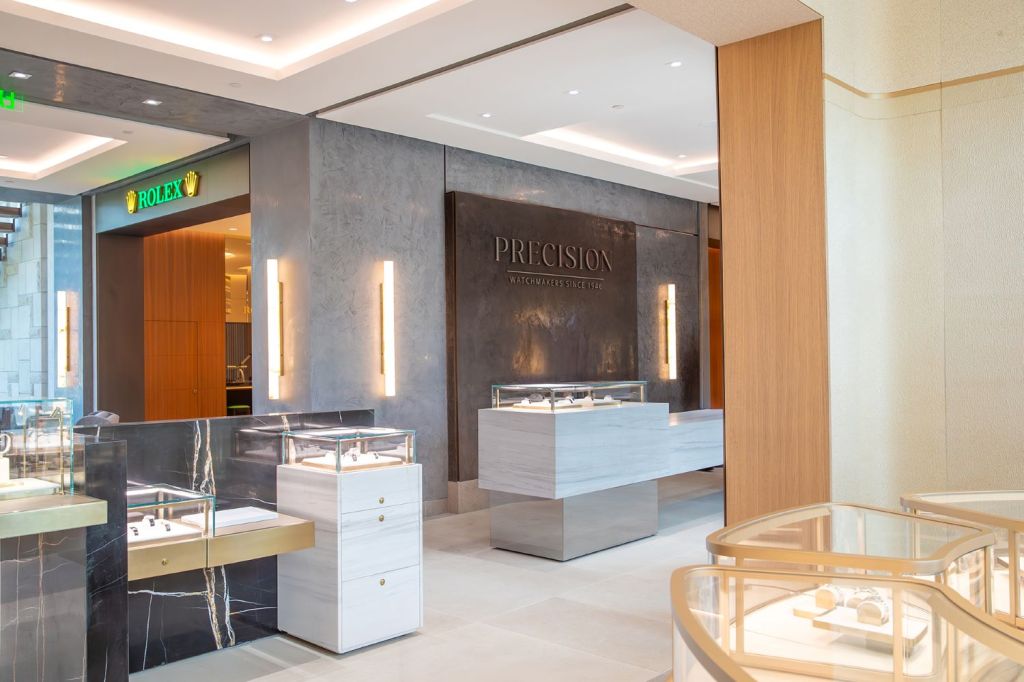
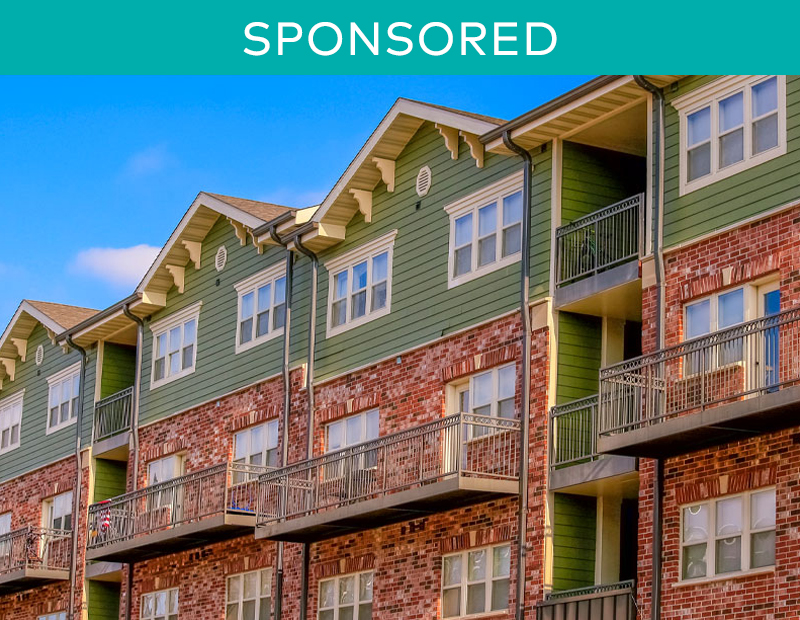
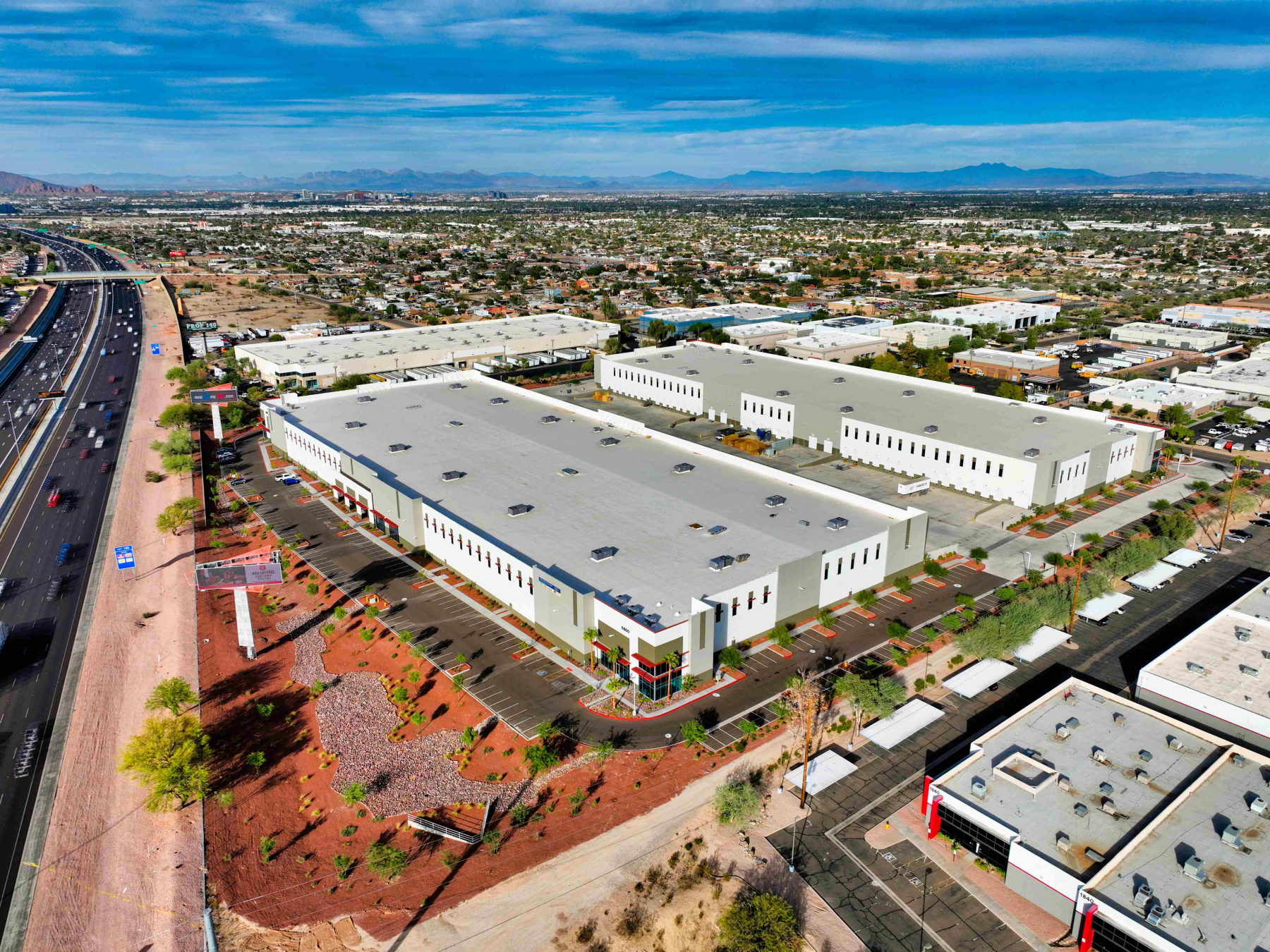
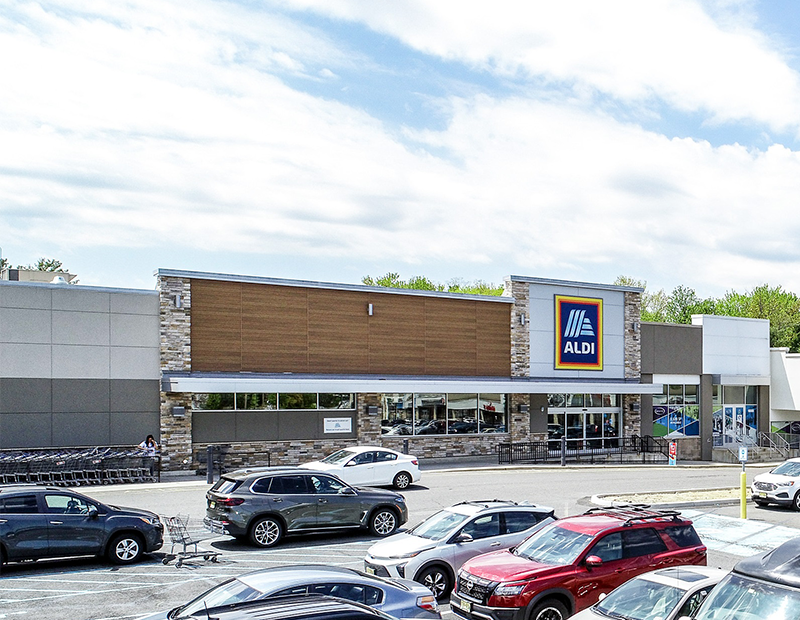
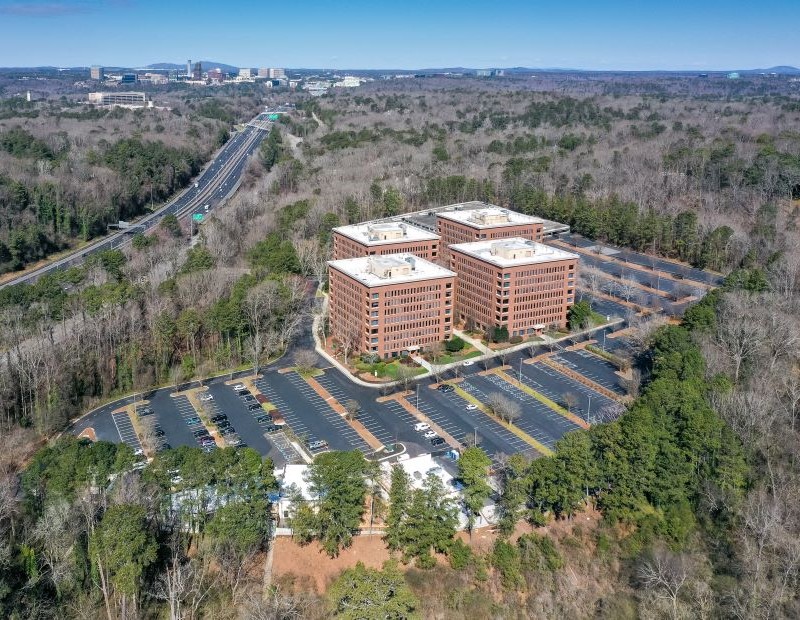

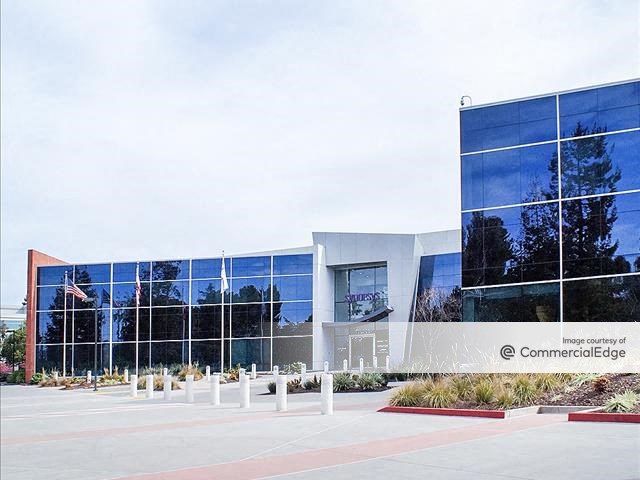
You must be logged in to post a comment.